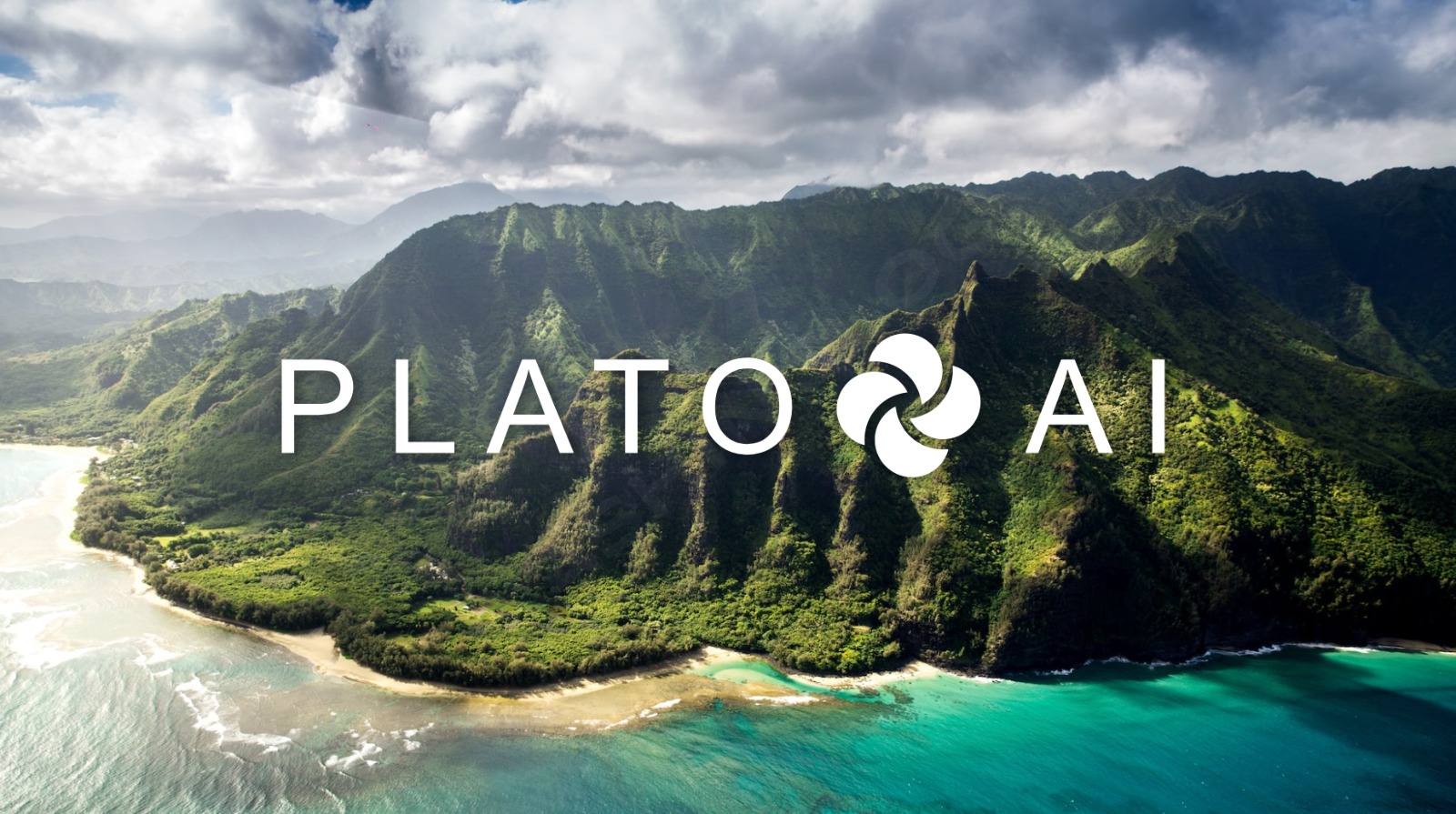
**Understanding REDD+ Knowledge Day: Exploring the Transfer of Carbon Credit Ownership and the Fundamentals of REDD+**
In the global fight against climate change, innovative mechanisms are continually being developed to mitigate greenhouse gas emissions and promote sustainable development. One such mechanism is REDD+, which stands for Reducing Emissions from Deforestation and Forest Degradation, plus the sustainable management of forests, and the conservation and enhancement of forest carbon stocks. To foster a deeper understanding of this critical initiative, REDD+ Knowledge Day has emerged as an essential event for stakeholders worldwide. This article delves into the significance of REDD+ Knowledge Day, the fundamentals of REDD+, and the intricacies of carbon credit ownership transfer within this framework.
### The Significance of REDD+ Knowledge Day
REDD+ Knowledge Day serves as a platform for knowledge exchange, capacity building, and networking among various stakeholders involved in forest conservation and climate change mitigation. These stakeholders include government representatives, non-governmental organizations (NGOs), indigenous communities, private sector entities, and academic institutions. The event aims to:
1. **Raise Awareness**: Increase understanding of REDD+ mechanisms and their role in combating climate change.
2. **Share Best Practices**: Disseminate successful case studies and innovative approaches to implementing REDD+ projects.
3. **Foster Collaboration**: Encourage partnerships and collaborations among different sectors to enhance the effectiveness of REDD+ initiatives.
4. **Address Challenges**: Identify and discuss challenges faced in the implementation of REDD+ projects and explore potential solutions.
### Fundamentals of REDD+
REDD+ is a framework developed by the United Nations Framework Convention on Climate Change (UNFCCC) to incentivize developing countries to reduce emissions from deforestation and forest degradation. The framework also promotes the sustainable management of forests and the enhancement of forest carbon stocks. Here are the key components of REDD+:
1. **Reducing Emissions from Deforestation**: Preventing the conversion of forested land to non-forested land, which is a significant source of carbon emissions.
2. **Reducing Emissions from Forest Degradation**: Addressing activities that degrade forest quality, such as illegal logging or unsustainable land use practices.
3. **Conservation of Forest Carbon Stocks**: Protecting existing forests to maintain their carbon storage capacity.
4. **Sustainable Management of Forests**: Implementing practices that ensure forests are managed in a way that maintains their ecological integrity and carbon sequestration potential.
5. **Enhancement of Forest Carbon Stocks**: Activities such as reforestation and afforestation that increase the amount of carbon stored in forests.
### Transfer of Carbon Credit Ownership
A crucial aspect of REDD+ is the generation and transfer of carbon credits, which represent a reduction or removal of one metric ton of carbon dioxide equivalent (CO2e) from the atmosphere. These credits can be traded in carbon markets, providing financial incentives for countries and organizations to invest in forest conservation and sustainable management practices. The process of transferring carbon credit ownership involves several steps:
1. **Project Development**: A REDD+ project is developed, often by a combination of local communities, NGOs, and private sector partners. The project must adhere to specific methodologies and standards to ensure it delivers genuine emission reductions.
2. **Validation and Verification**: Independent third-party auditors validate the project design and verify the actual emission reductions achieved over time.
3. **Issuance of Carbon Credits**: Once verified, carbon credits are issued by a recognized registry. Each credit is assigned a unique serial number to prevent double counting.
4. **Ownership Transfer**: Carbon credits can be sold or transferred to buyers, such as corporations or governments looking to offset their emissions. The transfer is recorded in the registry to maintain transparency and accountability.
5. **Monitoring and Reporting**: Ongoing monitoring and reporting are required to ensure that the project continues to deliver the promised emission reductions.
### Challenges and Opportunities
While REDD+ presents significant opportunities for climate change mitigation and sustainable development, it also faces several challenges:
1. **Financing**: Securing adequate funding for REDD+ projects remains a major hurdle, particularly in developing countries.
2. **Governance**: Effective governance structures are needed to ensure transparency, accountability, and equitable benefit-sharing among stakeholders.
3. **Technical Capacity**: Building technical capacity for accurate measurement, reporting, and verification (MRV) of emission reductions is essential for the credibility of REDD+ projects.
4. **Social Safeguards**: Ensuring that REDD+ projects respect the rights and livelihoods of indigenous peoples and local communities is critical for their success.
Despite these challenges, REDD+ offers a promising pathway for achieving significant emission reductions while promoting sustainable development and biodiversity conservation.
### Conclusion
REDD+ Knowledge Day plays a vital role in enhancing understanding and fostering collaboration among stakeholders involved in forest conservation and climate change mitigation. By exploring the fundamentals of
- Source Link: https://zephyrnet.com/today-is-redd-knowledge-day-on-the-agenda-transfer-of-carbon-credit-ownership-but-what-is-redd/
- SEO Powered Content & PR Distribution. Get Amplified Today.
- PlatoData.Network Vertical Generative Ai. Empower Yourself. Access Here.
- PlatoAiStream. Web3 Intelligence. Knowledge Amplified. Access Here.
- PlatoESG. Carbon, CleanTech, Energy, Environment, Solar, Waste Management. Access Here.
- PlatoHealth. Biotech and Clinical Trials Intelligence. Access Here.
- Source: https://platodata.network/platowire/understanding-redd-knowledge-day-exploring-the-transfer-of-carbon-credit-ownership-and-the-fundamentals-of-redd/


Jones Expresses Desire for Removal of Climate Commission CEO
**Jones Expresses Desire for Removal of Climate Commission CEO** In a surprising turn of events, Senator Rebecca Jones has publicly...